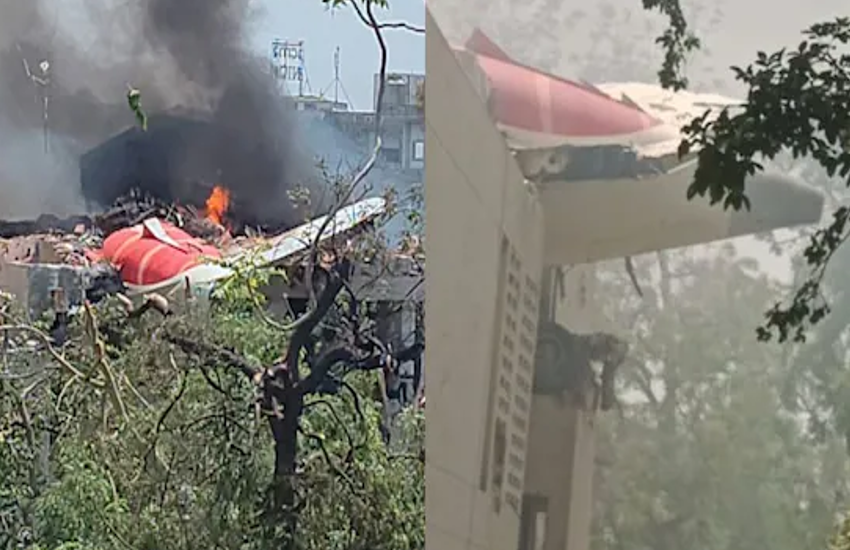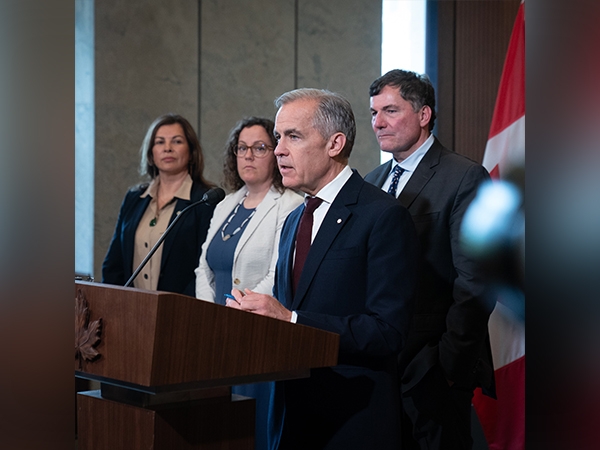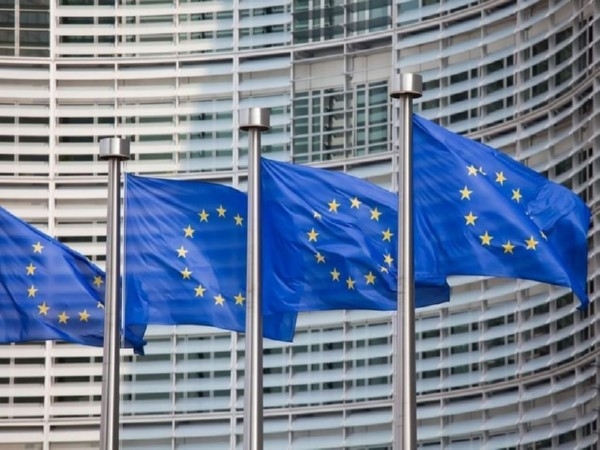Sirisena's first year has been good. But a lot remains to be done

The new president
- Maithripala Sirisena became Sri Lanka\'s president a year ago
- He defeated Mahinda Rajapakse by a narrow margin
His focus area
- Sirisena came to power with wide support from minorities
- He has focussed on making a new constitution
More in the story
- What can India expect?
- Will Sirisena be able to do the balancing act?
"It is better to elect a 'known devil'", Mahinda Rajapaksa had appealed to the voters in northern and eastern Sri Lanka. But the people decided to elect an angel instead. And rest, as they say, is history.
The robustness of the democratic system was proved beyond doubt once again through peacful political transition once the electoral process ended.
Given the political acumen of the former president it is difficult to conclude that the election results would have surprised him. But to the world outside, the result was unexpected.
Read- Sri Lanka polls: what lies ahead for Sirisena and Wickremasinghe
Having amended the Constitution to his advantage, Rajapaksa had called for a surprise election to get a third term of six more years that would have allowed him to remain president of the island country until 2020.
Maithripala Sirisena, one of Rajapaksa's closest ministers and the general secretary of the Sri Lanka Freedom Party (SLFP), the biggest component of the then ruling United People's Freedom Alliance (UPFA) was not on the same wavelength as Rajapaksa over many of his repressive and undemocratic moves.
He decided to challenge the might of his boss, who was seen as presiding over a corrupt regime closely controlled by his family. Sirisena's image of an honest and straight-forward politician and a devout Buddhist who identified with the legitimate causes and concerns of the majority Sinhala community helped him make a dent into Rajapaksa's hardcore constituency.
How Sirisena won
His 3.7% percent victory margin (51.3% votes for Sirisena against 47.6% for Rajapaksa) was no landslide, but a significant pointer to the future course of politics in the country.
The secret of Sirisena's unexpected victory was also attributed to many factors such as the New Democratic Front, a rainbow coalition of diverse and often-conflicting forces craftily put together among others by the former President Chandrika Kumartunga and the main Opposition United National Party (UNP) leader, Ranil Wickremesinghe.
A large section of the Buddhist clergy is said to have thrown its weight against the former president to "teach him a lesson". This is one reason why Sri Lanka's bureaucracy and security forces remained politically neutral and delivered a free and fair election.
The Tamil community is practically leaderless but its political aspirations are alive and unfulfilled
Minorities, particularly the Tamils and Muslims, played a critical role. Together they cast about 1 million votes against Rajapaksa, giving his opponent a lead of more than 700,000 votes. This wiped out Sirisena's deficit of nearly 250,000 votes in the Sinhala areas, giving him a clear national victory.
The Tamils and Muslims voted for Sirisena despite the fact that he had made no promises to them either on devolution or even on removing the Army from the Northern Province. The support of liberal political leaders, the Buddhist clergy and the general feeling that Sirisena would lay emphasis on democratising the Sri Lankan polity proved reassuring to the minorities.
The fear of LTTE regrouping and the prospects of terror returning through sleeper cells did not matter to them. Even the infamous Buddha Bala Sena could not deter them and the Tamil and Muslim minority went against the corrupt regime though the other side promised nothing in return.
Changing needs
Did they shoot themselves in their foot? Only time will tell. But as of now they have scored a victory over the "devil".
It is important to remember that people needed a strong government in Colombo to win a war over LTTE and keep the nation united. But having secured peace, the need for a peace-time government was even more pronounced in the country's narrative.
In the run up to the Parliament election, at the top of president Sirisena's agenda was the abolition of the Executive Presidency. But it was easier said than done. Constitutional amendments required two-thirds majority, which the combined Opposition did not have.
Also read- Sri Lanka polls: it's Rajapaksa's defeat that counts, not Ranil's victory
Yet, given the history of political instability and electoral reverses in Sri Lanka, staying in power for one long year uninterrupted and without any major breakdown of the governance in itself seems to be a great achievement.
Soon after the coalition government was formed, there were hushed talks on the streets of Colombo on the government's term. It was widely believed that the former president would not sit idle in his village near Hambantotta, but would stage a comeback sooner or later.
The credit for outliving this notion goes entirely to the president-prime minister duo, who have shown great maturity in dealing with public opinion and did not become lax on corruption. The former president's camp expected fireworks in corruption cases, court cases, arrests and street protests. But the fact that nothing of this sort happened is one way of taking the wind out of its sail.
But will Sirisena be able to lie low on corruption cases for long? Political analysts feel that Sirisena will have to eventually bite the bullet and initiate cases against his former boss. It is then that the political situation may heat up and the fissures in the coalition come to the fore.
It will be difficult for the one-year old government to keep human right activists away for long
One year ago the then new president was expected to do miracles, unfold transformational changes in the country's polity and economy, provide corruption-free governance, resolve the Tamil issue, salvage ethnic relations and do a course correction in foreign policy.
Since coming to power, Sirisena has reduced his presidential powers and strengthened some aspects of governance like police, public service, courts and the judiciary and the election commission through independent commissions.
A new constitution
Though the past one year has been more or less trouble free, no drastic changes in the polity has taken place. But swiftly, the President-PM duo has made the right move in converting Parliament into a Constituent Assembly.
The Sri Lankan Parliament has begun a process to formulate a new Constitution with Prime Minister Ranil Wickremesinghe presenting a resolution to set up the Constitutional Assembly of all members for the purpose.
The most important aspect of the new Constitution is that it will replace the current executive president-headed constitution adopted in 1978. President Sirisena had promised to end the practice adopt a more democratic system of governance.
Read more- All at sea: why Sri Lanka's upcoming election matters to India
The president's words are being interpreted in many ways by different stakeholders. "We need a constitution that suits the needs of the 21st century and make sure that all communities live in harmony," Sirisena said.
But his comments that "The extremists in the (Sinhalese majority) south and the (minority Tamil) north have caused the loss of thousands of young lives", is seen as a comment aimed at both parties. He has also expressed hope that Parliament will ensure reconciliation and harmony.
In a special session, Wickremesinghe moved the resolution in Parliament to set up Constitutional Assembly of all members and a steering committee of 17 members to draft the new Constitution. Taking a dig at former governments, the PM said the new Constitution will be formed by the entire Parliament, and not by a few outside Parliament.
What is there for India?
There is a larger question of diplomatic, strategic and security parameters.
Pragmatic engagement with a friendly neighbour is far better than snubbing and isolating, thereby ceding strategic space in the Indian Ocean region to forces inimical to our interest.
Sri Lanka is in a strategic position in the Indian Ocean Rim Association (IORA) architecture. Rajapakse had time and again reiterated that Colombo din't have any plans or the capability to play the China card against India.
The new dispensation should continue the same policy and assure New Delhi that Colombo will keep in mind Indian sensitivity while dealing with Beijing, which is heavily funding large-scale projects there.
But in reality very little seems to have been done in this regard.
In 2014, the then Sri Lankan government cleared a proposal for China to set up a maintenance-cum-servicing facility for its aircraft that are part of the Sri Lankan fleet in Trincomalee. The Sri Lankan Air Force has in its fleet the Chengdu F-7 fighter aircraft, and the Y-12 and MA60 transporters.
Sirisena should assure that Colombo will keep in mind Indian sensitivity while dealing with China
The space allotted was very close to the land Colombo had given to India's National Thermal Power Corp for a power station. India raised concerns about the plan and Colombo assured that the facility would be manned only by SLAF personnel. With the change in government, that plan was shelved.
But now during the recent visit of Pakistan Prime Minister to Sri Lanka, the two sides are said to have signed a $400 million deal facilitating Colombo to acquire JF-17 Thunder Fighter Aircraft from Islamabad. Assembled in Kamra in Pakistan, these aircrafts are said to be Chinese made ones and merely assembled in Pakistan.
Colombo has to come clean on its foreign relations and assure India that it will not do anything that will jeopardise India's security concerns.
Difficulties ahead
It will be difficult for the one-year old government to keep human right activists away for long especially after having won the election with the votes of minorities. But any extra concession to pro-West NGOs and outfits supported by a section of the Church will invite criticism from the million-strong Buddhist monks and political parties depending on their support.
The president needs a pragmatic approach on social and religious issues and yet do business with the West. Another act of balancing that he will be expected to do would be on the investment and economic development with support from Beijing and New Delhi without ceding strategic space to China.
The Sri Lankan Parliament has begun a process to formulate a new Constitution
Since the end of the war in 2009, India has played a leading role in Sri Lanka's reconstruction process by providing homes to internally displaced persons, building power and railway infrastructure and nudging the Sri Lankan government to be more inclusive of the Northern Province.
The Tamil community is practically leaderless but its political aspirations are alive and unfulfilled. Colombo is fully aware of this. The most striking feature is that neither the Tamil population nor the government has been able to put across their views effectively in an unbiased manner.
But a quick look at the first hundred promises of the new president will reveal that it has nothing for the minorities, especially the overwhelming majority of the Tamils who heavily voted for Sirisena. This is one area where the president will have to show results before his powers are drastically curtailed.
First published: 11 January 2016, 9:53 IST
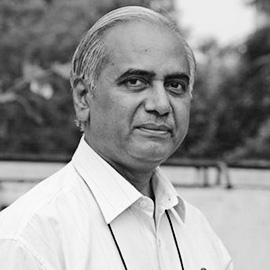



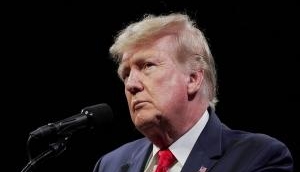
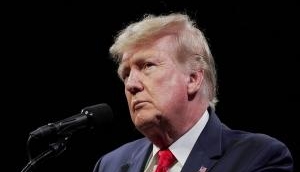
![BJP's Kapil Mishra recreates Shankar Mahadevan’s ‘Breathless’ song to highlight Delhi pollution [WATCH] BJP's Kapil Mishra recreates Shankar Mahadevan’s ‘Breathless’ song to highlight Delhi pollution [WATCH]](https://images.catchnews.com/upload/2022/11/03/kapil-mishra_240884_300x172.png)

![Anupam Kher shares pictures of his toned body on 67th birthday [MUST SEE] Anupam Kher shares pictures of his toned body on 67th birthday [MUST SEE]](https://images.catchnews.com/upload/2022/03/07/Anupam_kher_231145_300x172.jpg)


